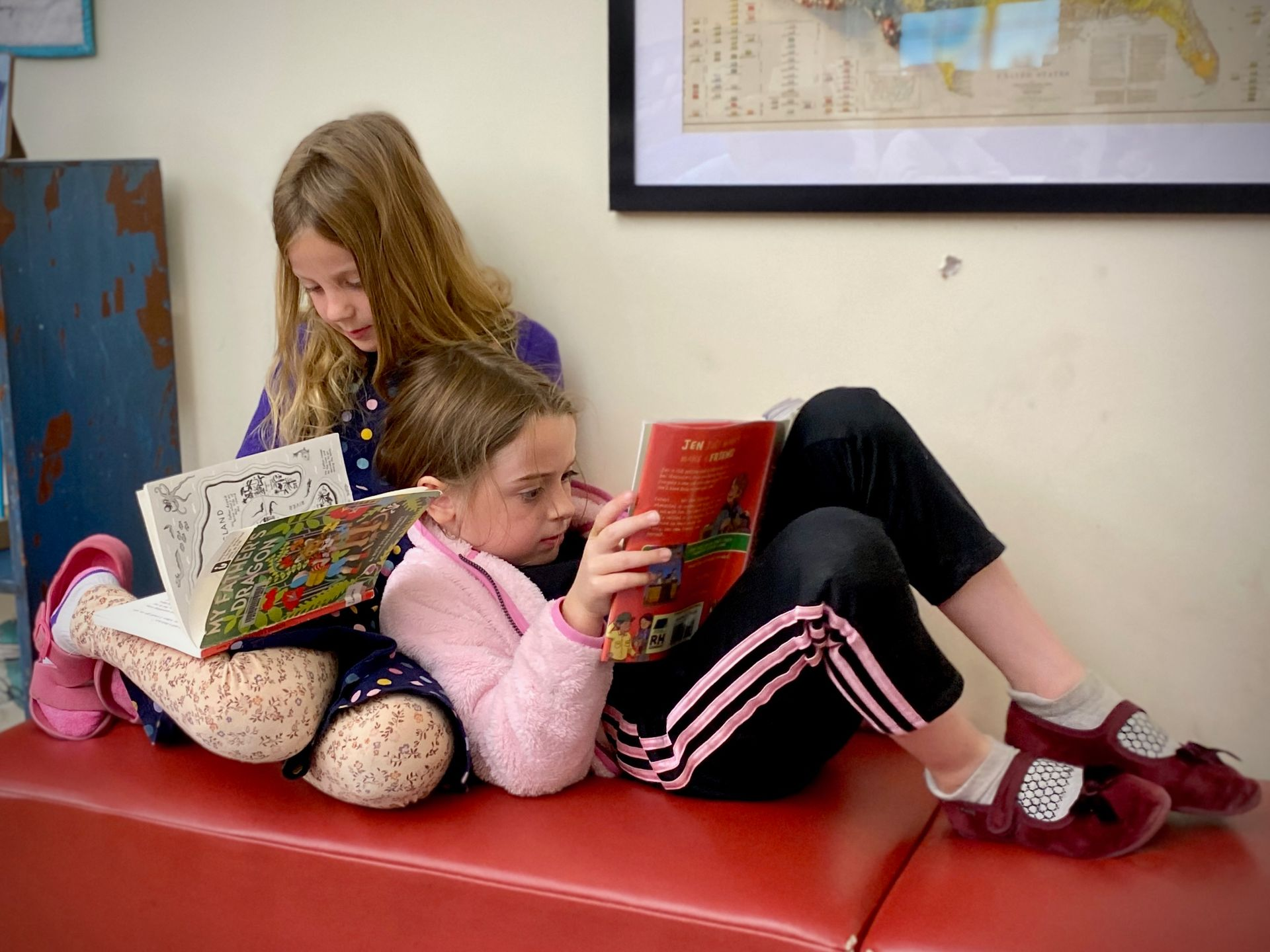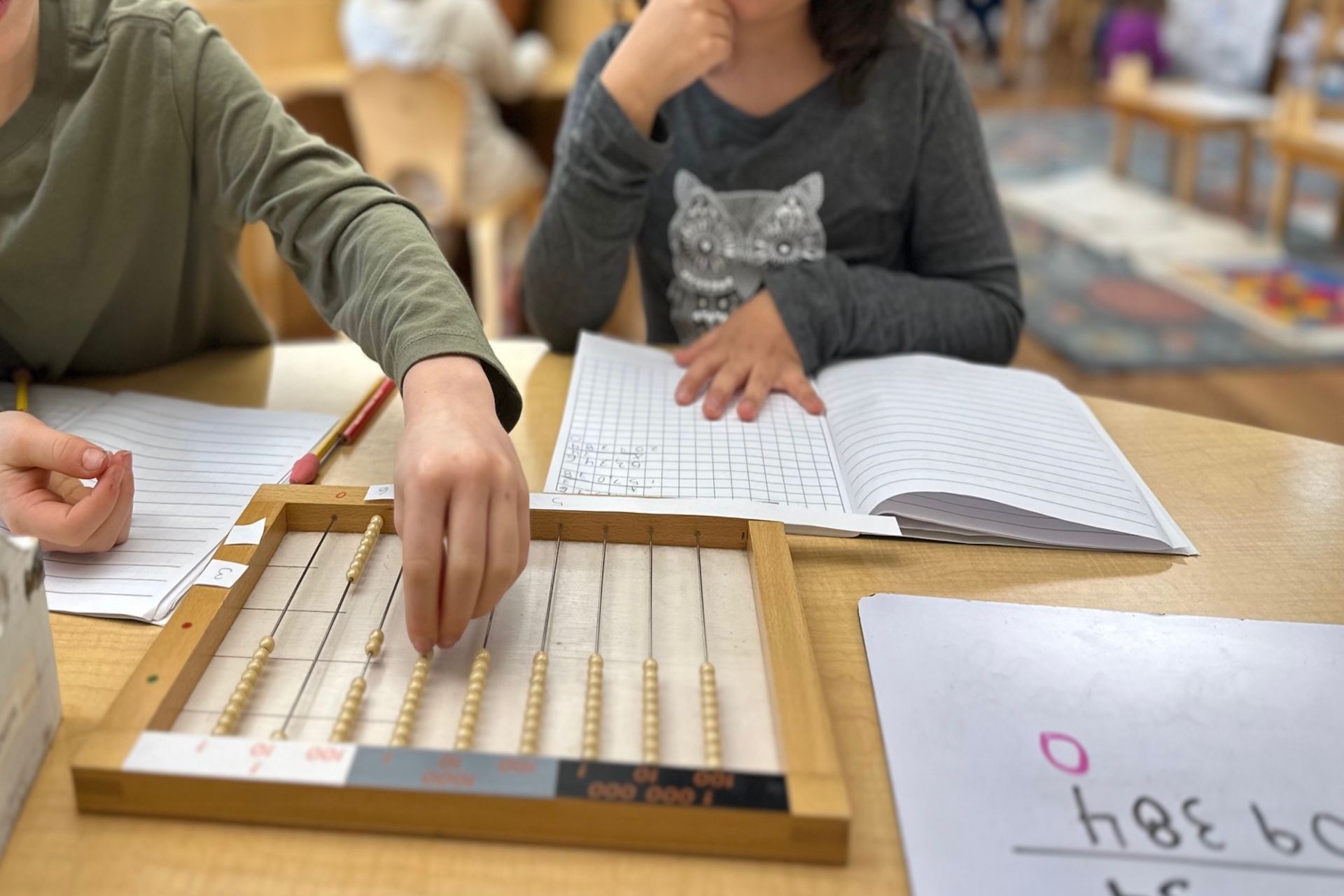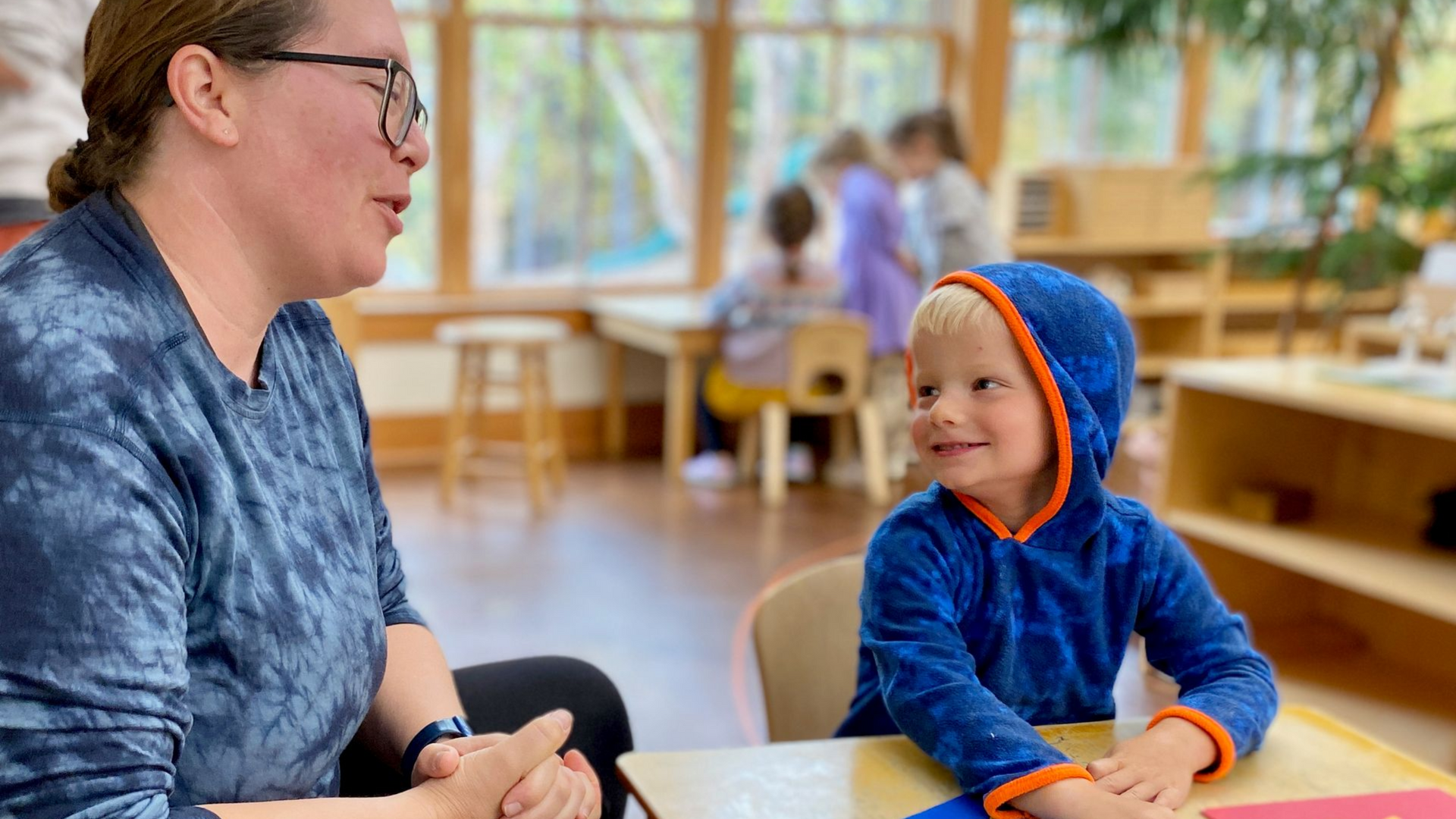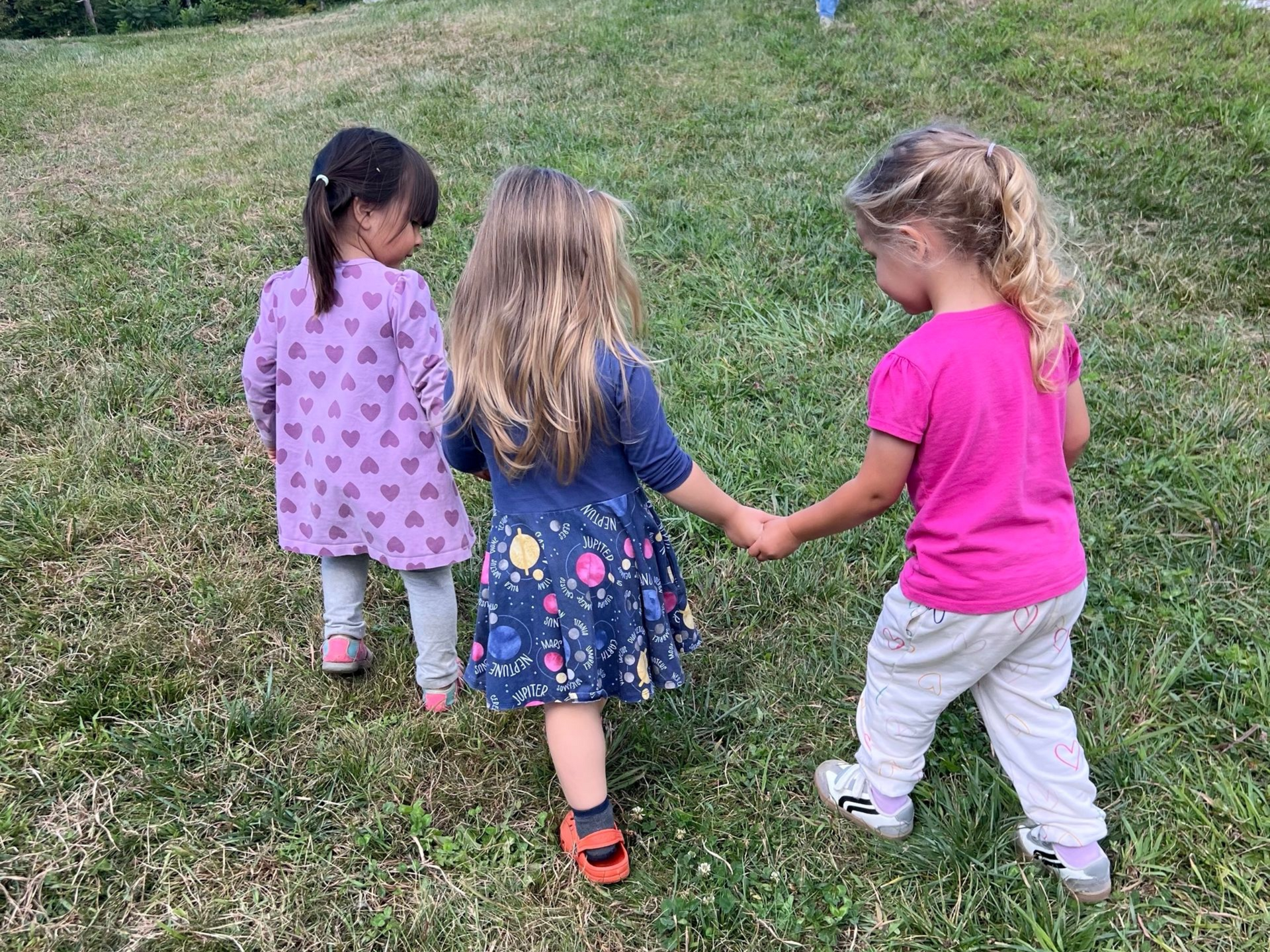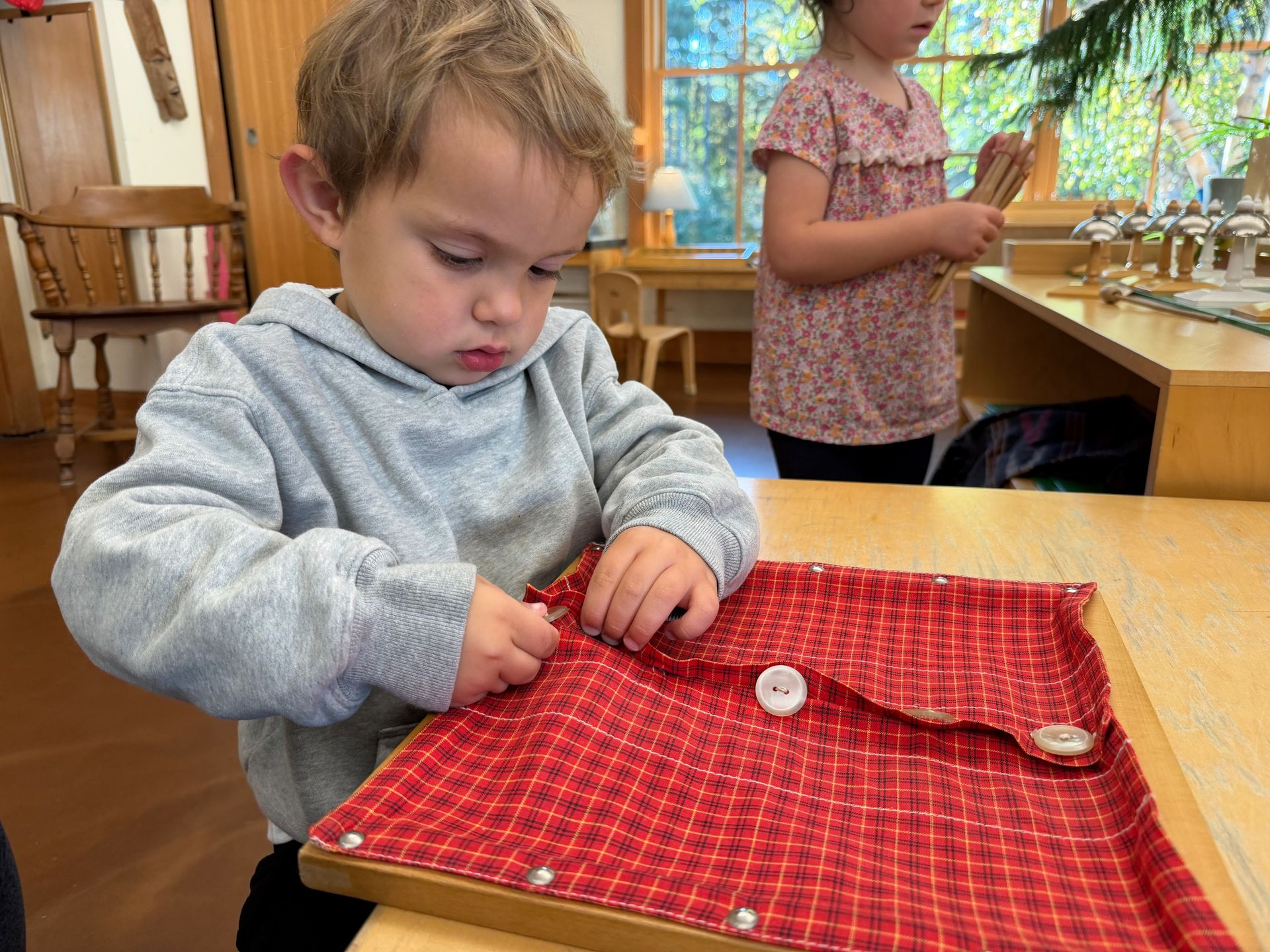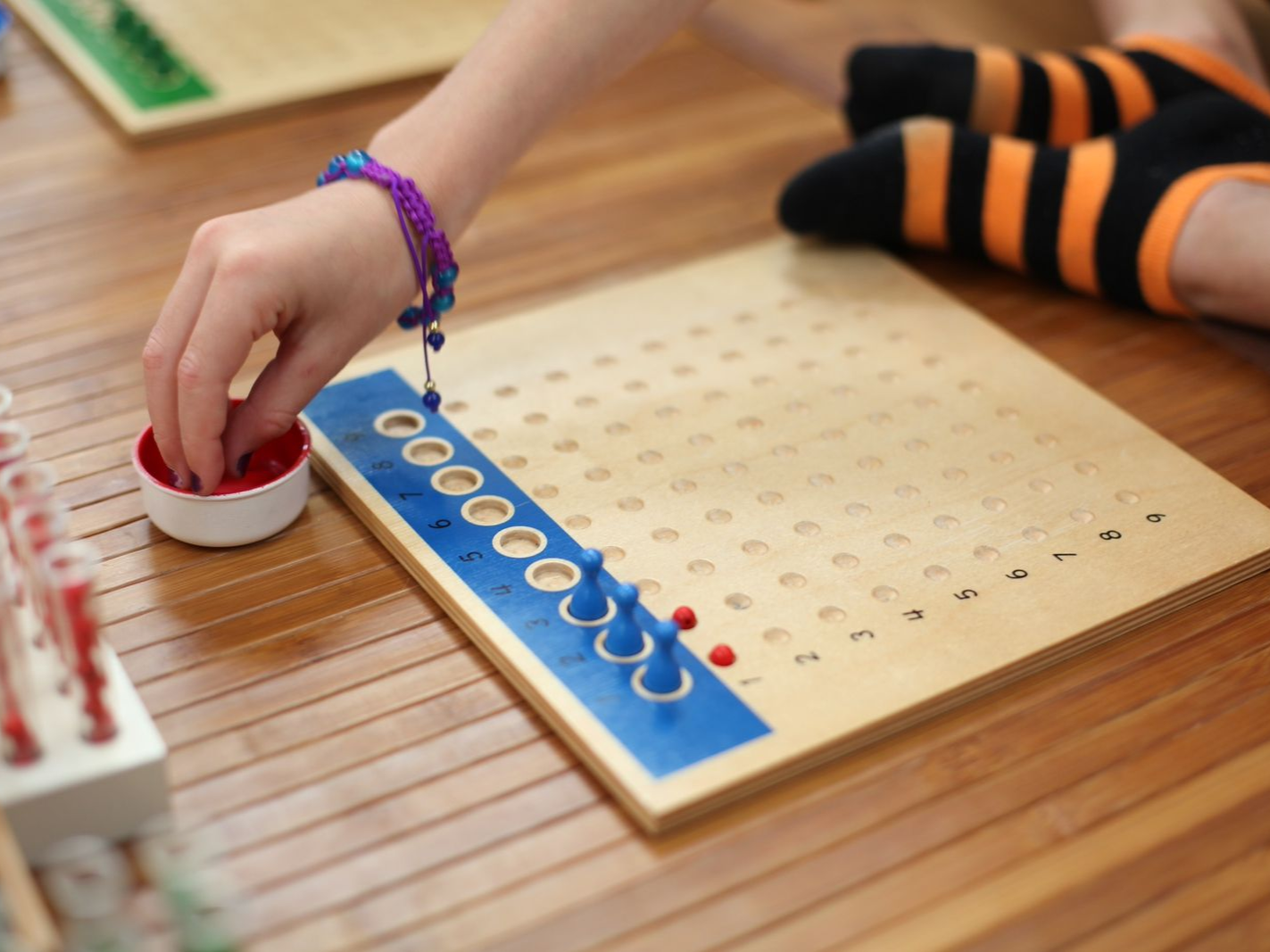What is Cosmic Education?
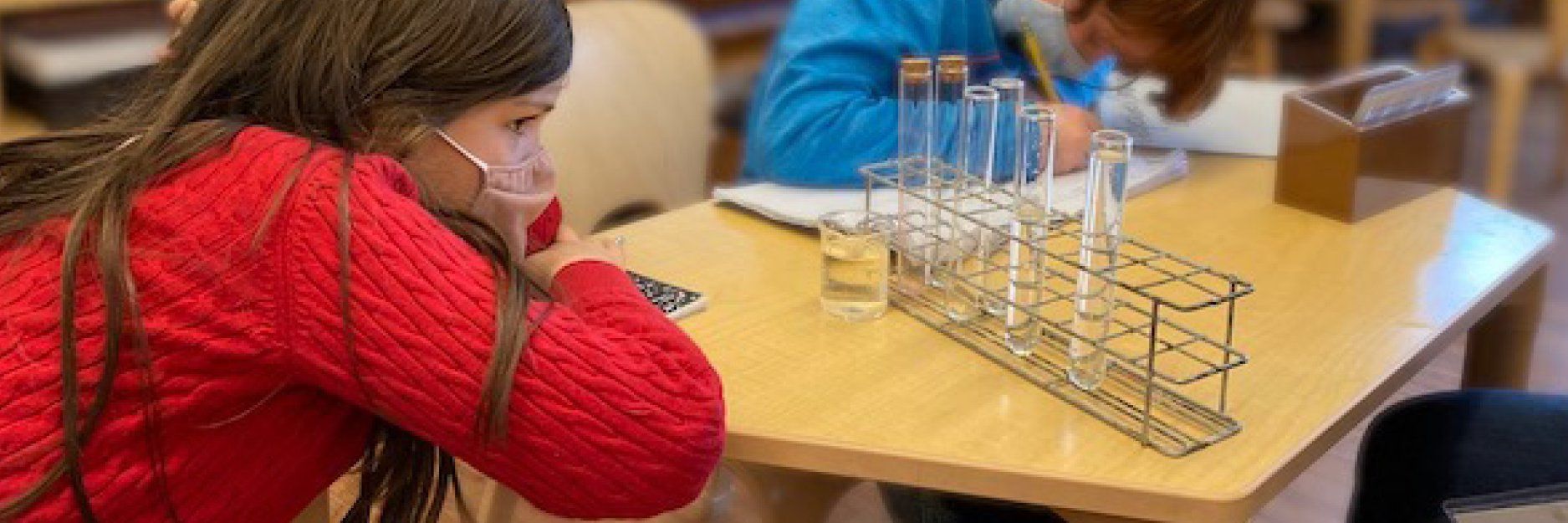
As your child nears the end of their early childhood years and edges toward elementary, you may begin hearing the term cosmic education. Ever wonder what Montessorians are referring to when they say this? The short answer is that cosmic education is the term Maria Montessori gave to the elementary cultural curriculum (and by cultural, we mean history, science, and geography).
As you may have guessed, to truly understand cosmic education, it takes much more than a short answer. Read on to learn more!
Hallmark Traits of the Second Plane
Before we explain what cosmic education is, it will help if we explain why it was developed in the first place. As you know, Montessori education relies heavily on our knowledge of the developmental characteristics of children. As children grow and change, so should our approaches in how we serve their educational needs. Montessori organizes the stages of development into four planes, and children ages six to twelve fall within the second plane of development. Some of the most notable characteristics of children this age include:
- A shift from concrete learning and understanding to more abstract concepts
- A strong sense of justice and fairness
- A desire to cultivate social relationships with peers
- A tendency toward imagination
- A deep interest in the world around them
- A need for work that feels big and important
Montessori education takes these unique characteristics into account in the way we approach our work with children at the elementary level. We allow for more social work experiences, we give plentiful opportunities for cultural learning, and even the lessons and materials were created to appeal to the needs of school-aged children.
A Deeper Definition
When we think about cosmic education, we think about our aims to give children a bigger picture of the world, their place in it, and the interconnectedness of everything. It is during this time they begin seeking answers to questions related to these topics, and their desire to learn as much about the world as possible is satisfied by the large amount of information they can access through their classroom environments and beyond.
Each year during the elementary begins with a study of the beginnings of the universe. From here, and throughout the year, the study trickles outward. Children may learn about our solar system, basic chemistry, or how science experiments are conducted.
They learn about the evolution of life on earth, as well as in-depth unit studies in botany and zoology. There are opportunities for research (independent and alongside peers), presentations, and exploration.
The children learn about our ancient human ancestors, the civilizations of centuries past, and the origins of writing and mathematics. The latter are perfectly timed, considering elementary children are in the process of discovering reading, writing, and math for themselves.
Impactful Lessons and Materials
Have you heard of the Montessori Great Lessons? These five impressionistic lessons are considered the springboard into cosmic education. They are theatrical and make quite an impact on children. They are presented in a storytelling fashion, which appeals to children’s imagination, yet they are rooted in facts, which appeals to their desire to learn the truth.
Each of these five lessons is given repeatedly throughout a child’s years in elementary, and each time they receive a lesson they will glean something new from it, and the follow-up studies may be different as well.
The Beginning of the Universe
The first great lesson is dramatic and exciting. The guide begins telling the story of when everything was darker and colder than they can imagine, and how a great flaring forth was the beginning of our universe. There are moments in the lesson when they are shown grains of sand in comparison to the number of stars, they learn about the attraction and repelling of particles, how weight and density affects matter, and what the three states of matter are on earth.
Following this storytelling lesson, the class will launch into a different, related unit of study each year, giving children the ability to see things from a different perspective.
Before the second great lesson, students are able to interact with a number of materials that put the vastness of time in perspective. The Clock of Eons reimagines Earth’s history and major periods of time on a 12-hour clock. The Long Black Strip illustrates how much time passed with an actual long black strip of fabric, before reaching a tiny section of red at the end, signifying human’s history on the planet.
The Coming of Life on Earth
Children love learning about animals, so this particular work is always approached with great enthusiasm. The main material used is called the Timeline of Life, and it colorfully and beautifully illustrates the evolution of life on our planet from the early Paleozoic Era through today. Being able to see how life has changed over time, and even the ways in which it has remained the same, always makes an impact on children. This work naturally lends itself to in-depth studies of both plants and animals, with various methods of classification.
The Study of Early Humans
We are all fascinated to learn about our ancestors, and the Timelines of Early Humans give children a sense of gratitude for those that have come before us and for all the great work that has been done throughout history.
Not only do children have an opportunity to study early hominids, but as mentioned earlier they take a look at early civilizations and how they changed over time.
The History of Writing
From the earliest cuneiform, hieroglyphs, and ancient scripts, to the various languages written around the world today, the history of writing is fascinating. To learn about such information while also developing one’s own writing life sparks a curiosity that is difficult to replicate.
The History of Mathematics
Math is a subject that grows in sequential building blocks, and so it was with the discoveries of various mathematical concepts. Over time, humans discovered more complex and abstract ways of expressing the numerical world. Just as with learning about the beginnings of writing, children are always excited to learn about how mathematical thinking has evolved throughout time and in various cultures.
Now that you have a basic understanding of cosmic education, we would love to hear what you think. Curious to learn more? Call us to learn more or to schedule a visit.




